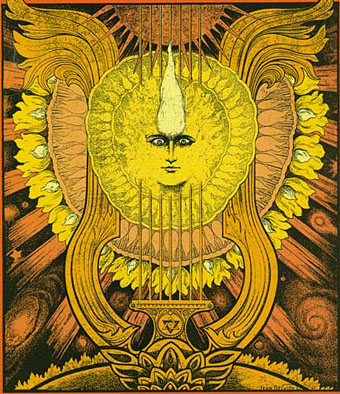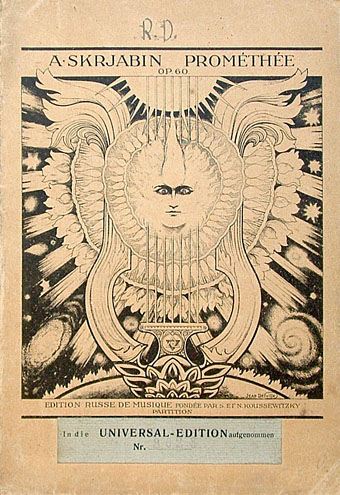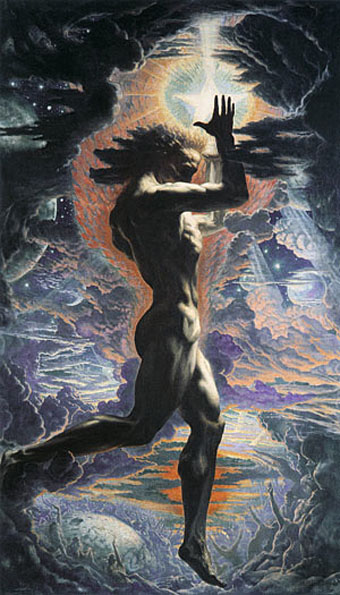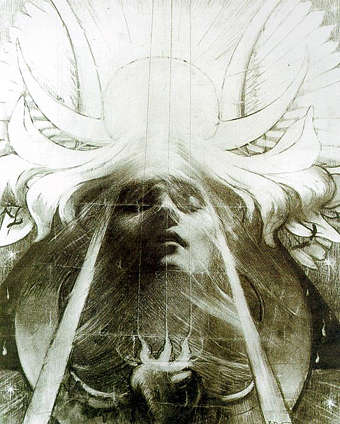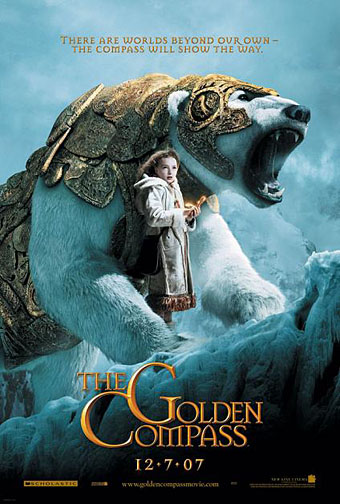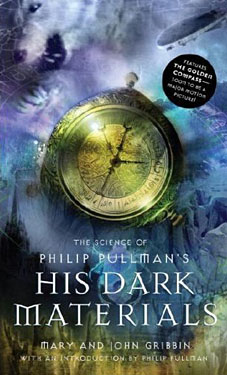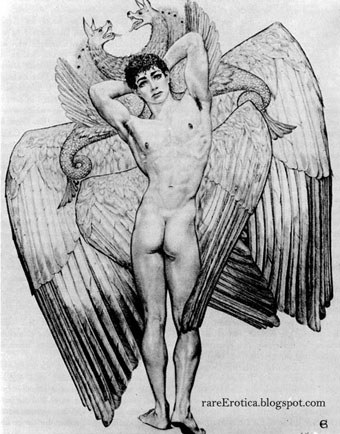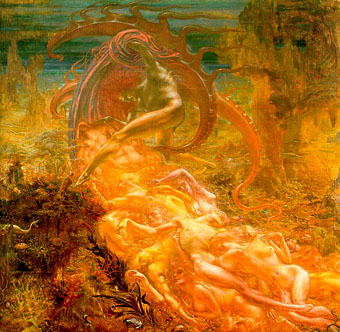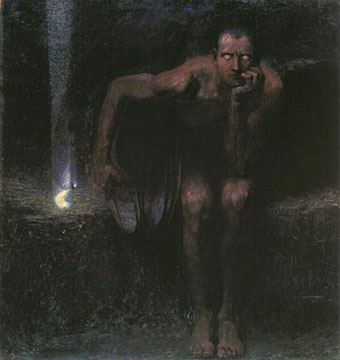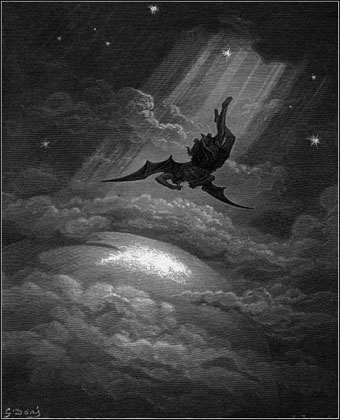Another striking design found by chance. Symbolist artist Jean Delville (1867–1953) created this sheet music title page for Promethée by Scriabin in 1912, and the pair are well-matched given their shared predilection for mysticism (Theosophy in Delville’s case). Delville had also dealt with Prometheus in a typically dramatic, if sexless, picture a few years earlier (below). Once again it’s unfortunate that one of the really great artists of the Symbolist period is so poorly-served by the web that one has to discover his work by accident. There’s a dedicated site here but the gallery pages are only harvesting what’s already scattered around. Delville had a long and consistently high-quality career; he deserves better.
Prometheus (1907).
Update: Dave C reminds us of another Delville site with a better selection of pictures including a photo of the artist at work.
Previously on { feuilleton }
• The faces of Parsifal
• Masonic fonts and the designer’s dark materials
• Angels 4: Fallen angels

